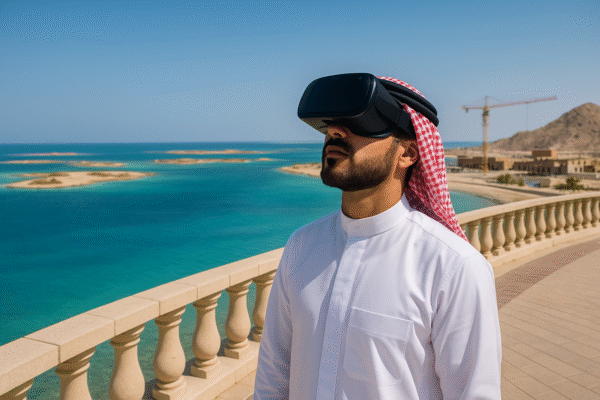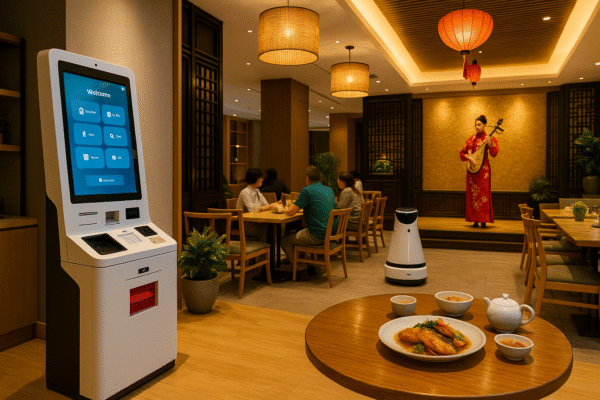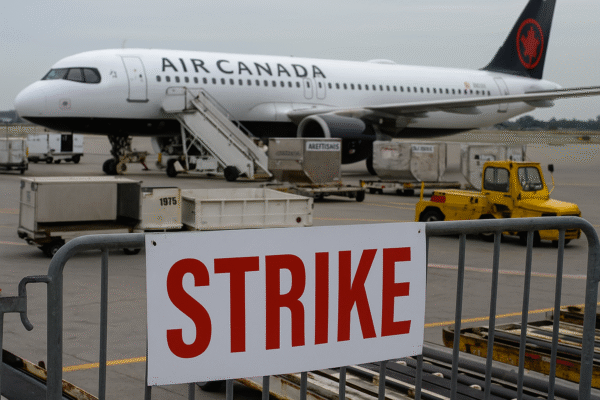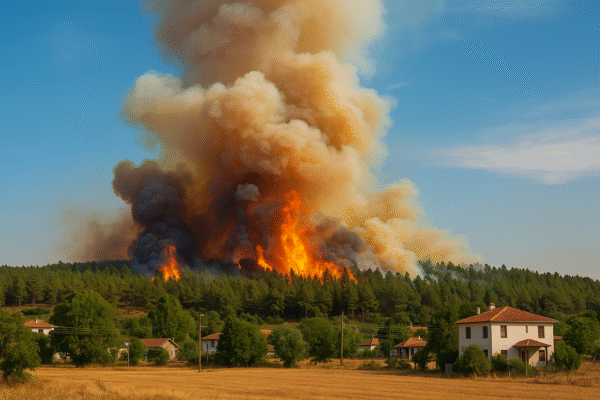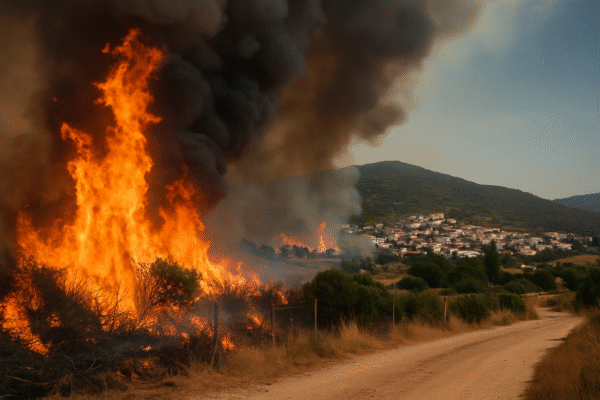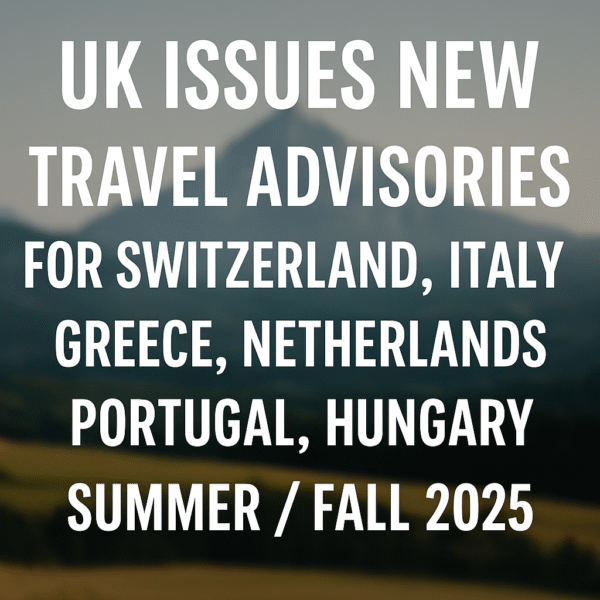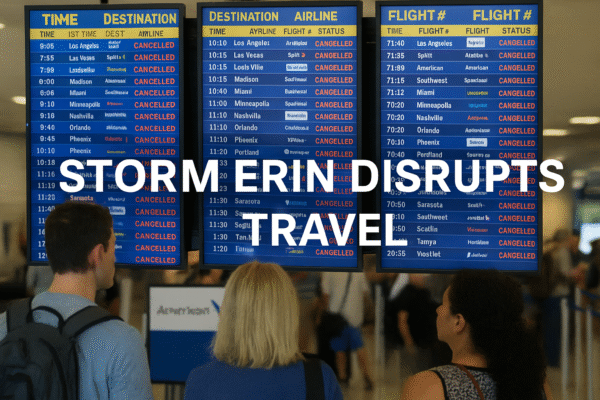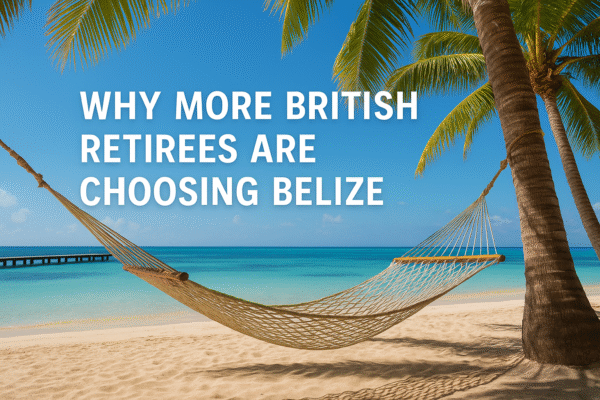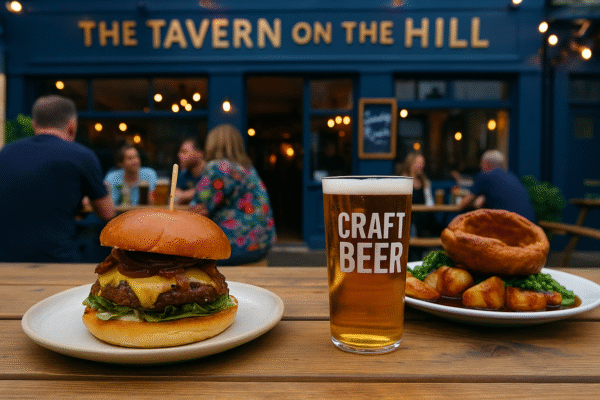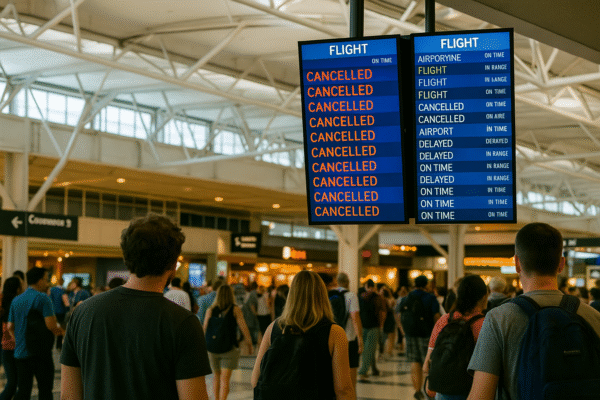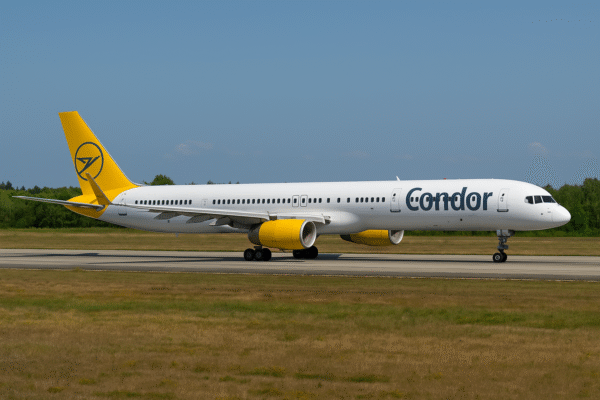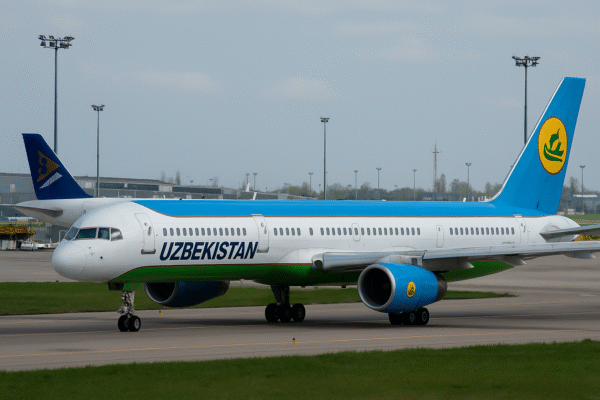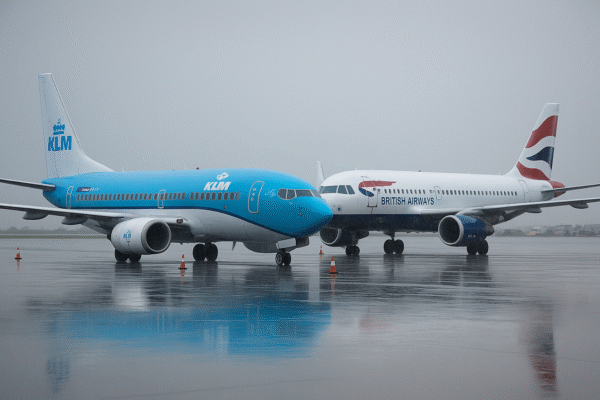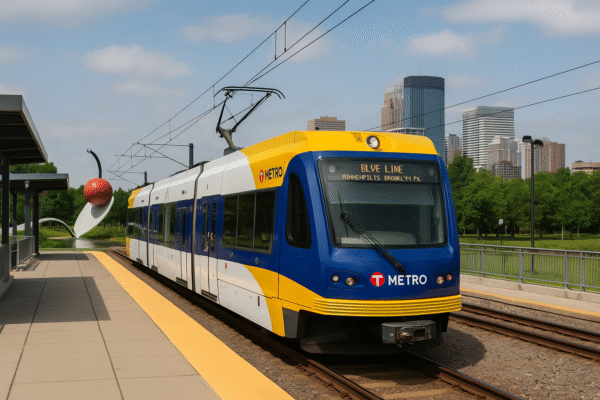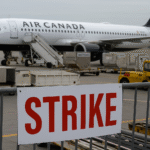Minneapolis is gearing up for a tourism breakthrough. The METRO Blue Line Extension—a 13.4‑mile light rail expansion linking downtown Minneapolis with North Minneapolis, Robbinsdale, Crystal, and Brooklyn Park—is closer to becoming reality following federal environmental approval. With this new transit artery, navigating the city’s rich mix of art, culture, and suburban life promises to be more seamless, sustainable, and smile‑inducing.
Art, Gardens & Instagram Moments Within Easy Reach
Tourists can look forward to hopping off at the Minneapolis Sculpture Garden, just steps from the train, where the silver Spoonbridge and Cherry await their next Instagram cameo. The Walker Art Center is also within effortless reach—no need for taxis or lengthy walks when the Blue Line Extension drops you nearby to enjoy exhibitions, rooftop views, and those perfect photo ops.
Opening the Door to North Minneapolis & Culture-Rich Districts
North Minneapolis, long brimming with cultural heritage and community‑led arts, will finally be accessible via direct light rail. Visitors can more easily explore local cuisine, music, street murals, and neighborhood festivals that reflect the area’s dynamic spirit.
Suburban Charm Meets Easy City Access
The extension also stretches to the suburban communities of Robbinsdale and Brooklyn Park. Known for their warm neighborhoods, boutique shopping, and relaxed vibe, these areas will now feel just a light‑rail ride away—a handy addition for those visiting family, shopping excursions, or preferring off‑the‑beaten‑path discoveries.
Seamless Connectivity Across the Region
Crucially, the extension links directly with the existing METRO Blue Line network. That means a visitor can board downtown, travel northbound, and return via the same line to the Mall of America—or extend further to Minneapolis–St. Paul International Airport, nearby hotels, and major event venues—without switching modes of transit.
Eco-Friendly Travel Designed for Tourists
With growing interest in sustainable travel, the light rail offers tourists a cleaner alternative to cars. Projections show the extension could lower driving by 62,000 vehicle‑miles per day (about 22.6 million annually), while cutting greenhouse gas emissions by roughly 8,000 metric tons of CO₂ by 2045. It’s the kind of guilt‑free mobility that savvy eco‑travelers appreciate.
Boosting Regional Tourism & Local Economies
By connecting new neighborhoods seamlessly to downtown hotspots, the line is expected to draw tourists into previously underserved areas. That means increased foot traffic to neighborhood eateries, shops, and businesses, creating a ripple effect of economic benefit. Moreover, the project includes empowering plans like anti‑displacement funds and business support programs—especially aimed at immigrant‑owned enterprises in Brooklyn Park—to ensure rising property values don’t edge out long‑standing community businesses.
A Peek into the Future: From Blueprint to Ride
Here’s where things stand: Preliminary designs have been approved, and community engagement is under way. Construction is anticipated to begin around 2027, with the line opening for service by approximately 2030. Agencies are also incorporating public feedback into noise reduction strategies, safer street design, improved sidewalks, bike lanes, lighting, and even green spaces near stations.
Balancing Benefits with Real-World Challenges
While many anticipate tourism gains, some local voices express concerns. Criticisms include potential traffic bottlenecks, parking reductions, and whether residents and visitors will actually switch from cars to light rail—especially in car‑centric suburbs. There are also safety and enforcement issues to address to ensure comfort for all riders. Planners are working to mitigate these through public design input and layered safety strategies.
Why Tourists Should Be Excited
- Effortless Access: Just ride—no rental car, no taxi hassles.
- Eco-Conscious Travel: Sightsee freely without leaving a big carbon footprint.
- Deeper Exploration: Visit suburban gems and culturally vibrant neighborhoods with ease.
- Quality of Life Boost: Cleaner, less congested streets make sightseeing more enjoyable.
- Smart Planning: Future expansions could open even more of the metro area for discovery.
Conclusion
Minneapolis’s METRO Blue Line Extension is set to be a game-changer for tourism. By bridging downtown with cultural neighborhoods and suburbs, delivering eco-friendly transport, and bolstering local economies, it promises to redefine how visitors experience the city. With its opening anticipated in 2030, this light rail expansion positions Minneapolis as a modern, transit-savvy urban destination—easy to explore, rich in character, and ready for the thoughtful tourist.
For more travel news like this, keep reading Global Travel Wire

